Breaking Down the Challenges of the Ethereum Virtual Machine (EVM) And Why RISC-V Could Be the Future of Ethereum Execution
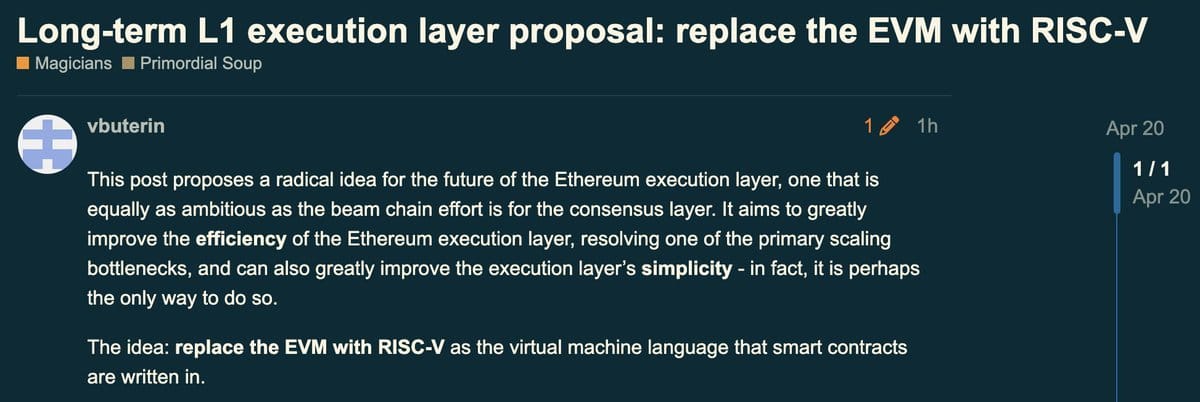
Introduction
Ethereum’s EVM has been the execution environment for smart contracts since inception. However, as the ecosystem scales, developers and users are encountering significant friction.
From low throughput to high gas fees, the architectural limitations of the EVM are becoming increasingly apparent.
Recently, Vitalik Buterin introduced the idea of migrating Ethereum’s execution layer to RISC-V, an open-source architecture. Could this be the shift Ethereum needs to evolve?
Let’s dive in.
The Challenges With EVM?
The EVM uses a stack-and-memory model, limited to 1024 items. Its linear, unstructured memory and fixed gas schedule make optimization and scalability difficult. Here are some of the current issues with the EVM:
Low Throughput:
The EVM is single-threaded and interpreter-based, capping Ethereum’s transaction processing around 15 TPS.
Learn more about Ethereum scalability
High Transaction Costs:
During congestion, the EVM struggles to keep up, causing painful spikes in gas fees.
Guide to Ethereum gas fees
Inflexibility for Developers:
Fixed opcodes make it extremely difficult to introduce new functionality or optimize performance.
Poor Scalability and Interoperability:
The monolithic structure limits compatibility with modern Layer 2 solutions and cross-chain systems.
What are Layer 2 solutions?
RISC-V: What Is It, and Why Should Ethereum Care?
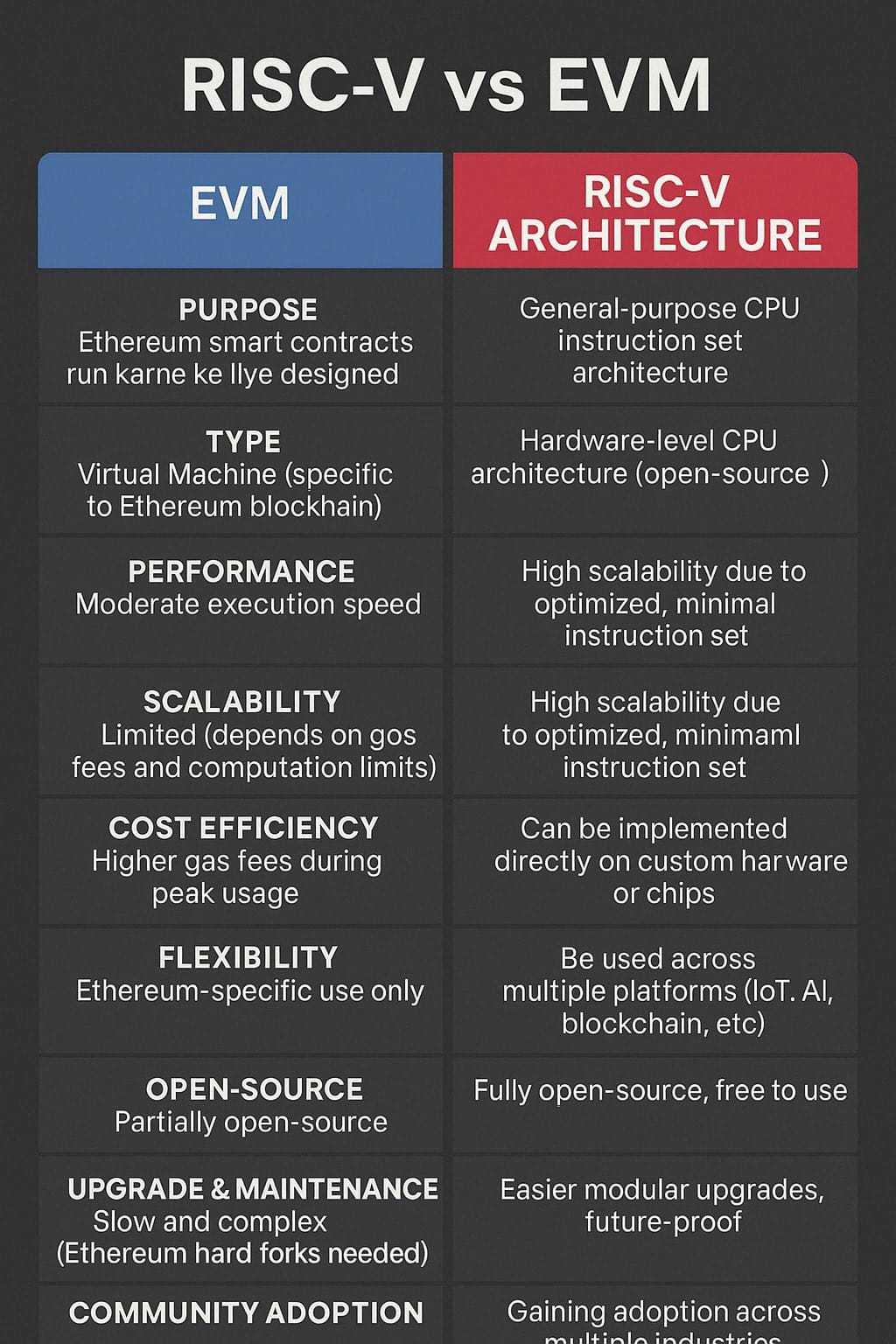
Understanding RISC-V
RISC-V (pronounced “risk-five”) is an open-source Instruction Set Architecture (ISA) based on a small, modular set of core instructions. Its extensibility and simplicity are exactly what Ethereum’s execution environment currently lacks.
Why It Matters
Because RISC-V is open and modular, developers can customize and optimize it freely, without being locked into legacy structures compared to the EVM.
Vitalik’s Perspective on RISC-V
Vitalik Buterin proposed that native RISC-V execution could reduce prover overhead by 50-100x — particularly beneficial for zero-knowledge proof systems.
Native RISC-V hardware acceleration could dramatically improve both transaction speeds and network efficiency.
Intro to Zero-Knowledge Proofs
Key Benefits of Migrating to RISC-V
Modular Design
With execution, storage access, and gas accounting separated, formal verification becomes simpler, reducing attack surfaces.
Speed and Hardware Efficiency
RISC-V supports native execution of instructions. Plus, vector extensions provide even higher performance boosts — something the EVM architecture cannot easily accommodate.
Extension Without Hard Forks
New ISA extensions could be added without triggering network-wide hard forks — allowing much faster iteration, especially for ZK technology and Layer 2 scaling.
Parallelization and Better Hardware Utilization
With ready-to-use RISC-V cores and FPGA implementations, block validation can be parallelized more easily, improving energy efficiency.
How Mitosis Comes Into Play
RISC-V and Mitosis: The Future of Modular Execution
At Mitosis, the focus is already on modular blockchain architectures. The kind of environment where RISC-V could thrive.
Mitosis chains leverage interoperability, modularity, and parallelized execution strategies, aligning perfectly with a future where RISC-V-based VMs might dominate.

ZK-Rollups and Mitosis
Since zero-knowledge proofs are a huge part of Mitosis’ scaling strategy, hardware-accelerated zk circuits via RISC-V would drastically enhance performance across Mitosis-powered rollups.
Mitosis and Cross-Chain Compatibility
Mitosis aims to build a cross-chain ecosystem that could be a natural match for cross-VM RISC-V deployments.
By supporting RISC-V based execution across chains, Mitosis could emerge as a leader in the next generation of blockchain networks.
Migration Challenges
Phasing out the EVM would not be a simple upgrade.
Maintaining backward compatibility with existing contracts, bootstrapping new tooling, and gaining ecosystem-wide consensus will be major hurdles.
Understanding Ethereum's upgrade process
Conclusion: A New Chapter for Ethereum and Beyond
Vitalik’s idea of transitioning to RISC-V isn’t just radical, it’s pragmatic.
It addresses Ethereum’s most critical pain points at a deep architectural level.
As platforms like Mitosis push for modularity, interoperability, and zk-powered scalability, RISC-V-based execution environments could become essential for the next wave of decentralized innovation.
Ethereum’s future may very well be written in RISC-V.

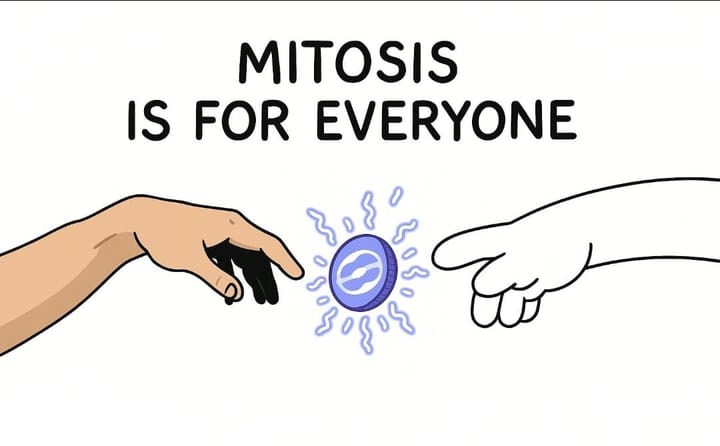
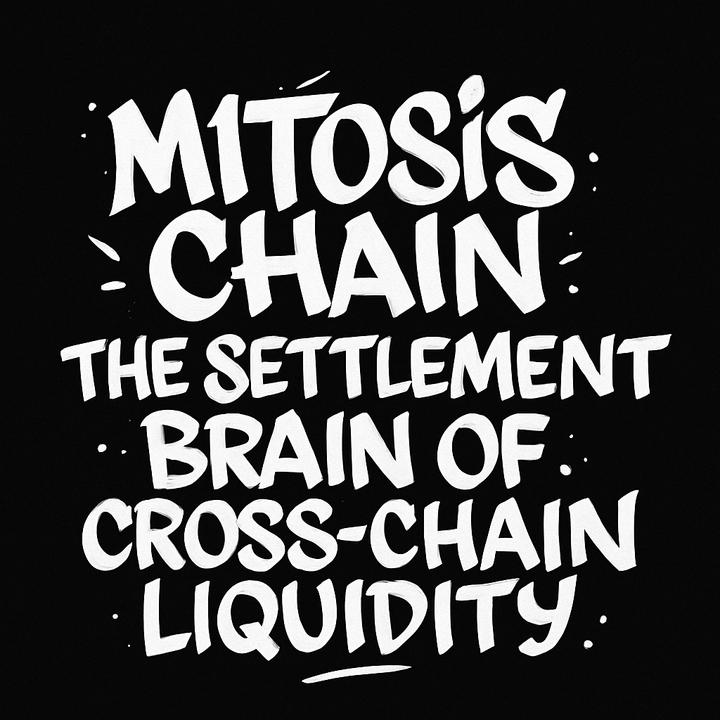
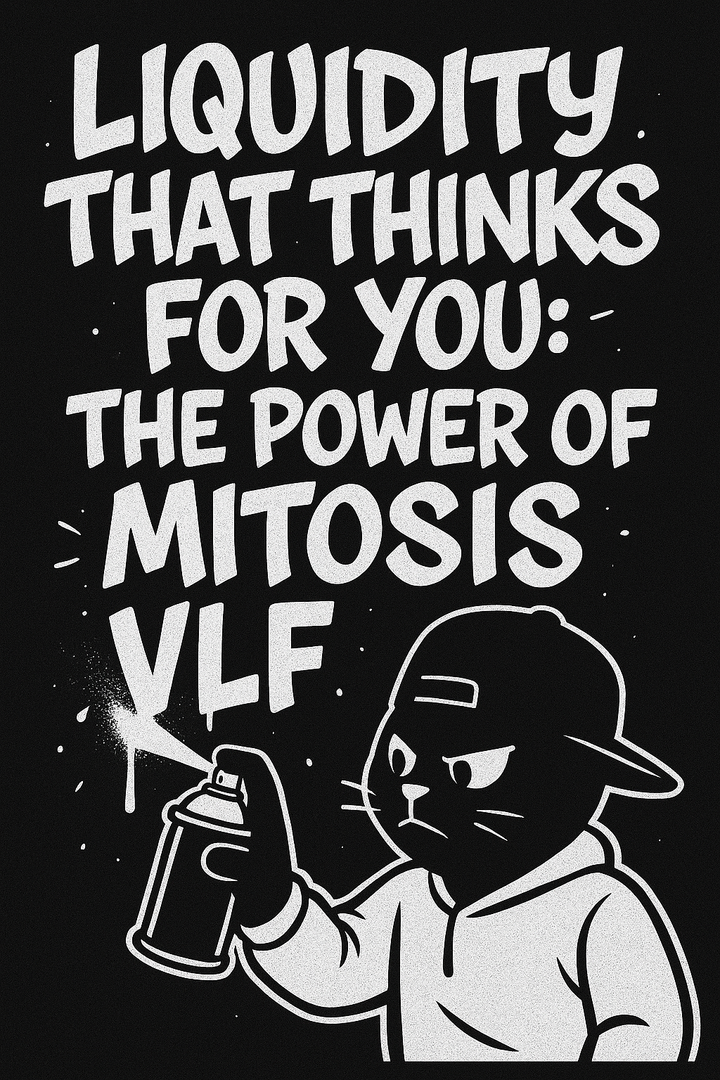
Comments ()